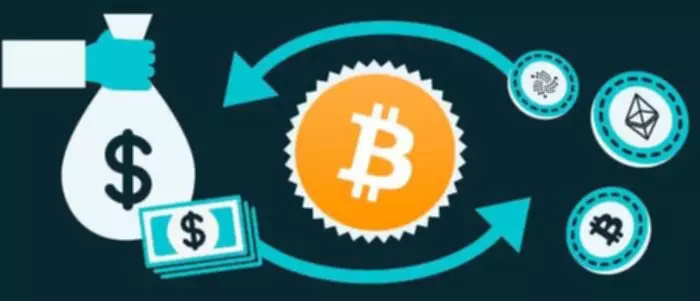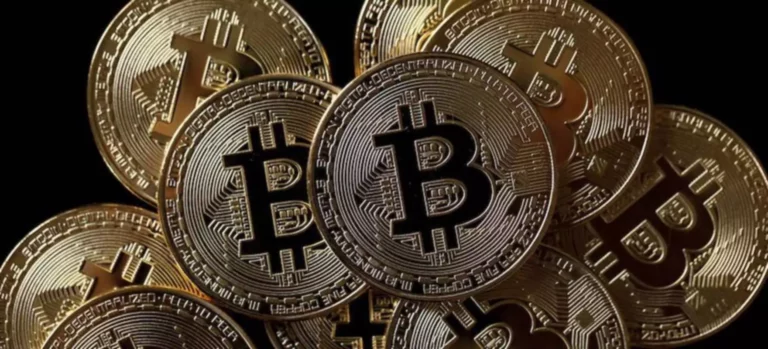It has its own governance token that is paid to LPs (liquidity providers) in addition to fees from transactions and provides them a say in the method ahead for the platform. The result’s a hyperbola (blue line) that returns a linear trade rate for giant parts of the worth curve and exponential costs when change charges close to the outer bounds. In Vitalik Buterin’s authentic submit calling for automated or on-chain cash markets, he emphasized that AMMs should not be the only out there choice for decentralized trading. As An Alternative, there wanted to be many ways to commerce tokens, since non-AMM exchanges have been very important to maintaining AMM prices accurate. What he didn’t foresee, nevertheless, was the event of various approaches to AMMs. Imagine there is a self-functioning car wash the place you select the washing service, pay for it proper into the machines, and sit back whereas the machine takes care of the work.
These protocols permit crypto members to freely swap all kinds of cryptocurrency tokens. For AMMs, arbitrage traders are financially incentivized to find assets which may be buying and selling at discounts in liquidity pools and purchase them up till the asset’s price returns in line with its market price. Impermanent loss is a possible downside for liquidity suppliers on AMM DEXs. It happens when the price of an asset in a liquidity pool diverges considerably from when the liquidity was initially offered. As the value moves, the composition of the pool should regulate to take care of a constant product.
Impermanent Loss In Defi: The Whole Guide
- They enhance accessibility, permitting anybody with a cryptocurrency wallet to commerce with out limitations.
- The AMM mannequin is the default for decentralised exchanges however given the composability of DEFI different applications have emerged.
- In DeFi, the standard market maker, which is often a centralized entity, is replaced by an Automated Market Maker which is a algorithm written into code and executed via smart contracts.
This loss happens when the market-wide worth of tokens inside an AMM diverges in any path. The profit extracted by arbitrageurs is siphoned from the pockets of liquidity providers, making a loss. Underpinning AMMs are liquidity pools, a crowdsourced assortment of crypto assets that the AMM makes use of https://www.xcritical.com/ to trade with people shopping for or selling considered one of these property. The users that deposit their assets to the pools are often identified as liquidity providers (LPs). On AMM platforms, as a substitute of trading between buyers and sellers, customers commerce towards a pool of tokens — a liquidity pool.

Not only do AMMs powered by Chainlink help create price motion in previously illiquid markets, however they achieve this in a highly secure, globally accessible, and non-custodial manner. Traditional AMM designs require massive quantities of liquidity to realize the same degree of worth impact as an order book-based trade. This is due to the reality that a considerable portion of AMM liquidity is available only when the pricing curve begins to turn exponential. As such, most liquidity won’t ever be utilized by rational traders as a end result of excessive worth influence experienced.
What Is An Automated Market Maker (amm)? Amms Explained
In the TSMM or Token Swap mannequin, the swapping between two tokens is completed with the assistance of an intermediary token. This mannequin is applied together with the token swap model in Bancor V2 protocol. This mannequin is much like the CPMM, however the multiplication within the method is replaced with addition.
On a decentralized change like Binance DEX, trades happen immediately between person wallets. If you sell BNB for BUSD on Binance DEX, there’s another person on the other facet of the trade shopping for BNB with their BUSD. An AMM works similarly to an order book trade in that there are buying and selling pairs – for example, ETH/DAI. However, you don’t have to have a counterparty (another trader) on the other side to make a commerce. Instead, you work together with a smart contract that “makes” the market for you. Though impermanent loss is an inherent threat in phrases of decentralized trading, this threat can be somewhat restricted by utilizing versatile pools or through conservative consumer behavior.

You can consider the order book as a diary that information the curiosity of buyers and sellers for a given asset. The problem with hybrid fashions is to stitch these different components into a strong and reliable AMM fabric. An instance of such a model is Curve Finance, which mixes CPMM and CSMM models to supply a capital-efficient platform to decentralized change pegged property.
“Now that competitors within the Solana DEX space is heating up, exchanges will likely begin competing for token listings. Some expect this to result in decrease fees, but I believe we’re more more doubtless to forex crm see other incentives, like income sharing, token allocations past liquidity pool fees, or promoting help. DEXs have large treasuries and we’re going to see them dipping into these to make their providing stand out,” stated Chung. Mainly, LPs are like a neighborhood of market makers whose solely job is to contribute particular tokens to the pool.
Automated Market Maker Equation
A decentralized amm can only be effectively implemented on platforms that do not create friction to learn third-parties with charges for each transaction. Unlike conventional order books, the place humans deal with the shopping for and selling, AMMs help automated buying and selling with liquidity providers, DeFi customers, and more intertwined with sensible contracts. A conventional market maker is a person or an establishment that provides liquidity to a market by placing both purchase and sell orders on a buying and selling platform utilizing an order book. This market-making allows different market participants to freely buy and promote securities/digital property at honest prices.
This instance extends to the inventory market, where market makers operate as centralized entities that provide liquidity and facilitate trades between patrons and sellers whereas capturing a small spread. Impermanent loss happens when the costs of two assets in a liquidity pool change, causing the value of one asset to increase while the opposite decreases. This happens as traders buy one token in the pool while promoting the opposite. Automated market makers (AMMs) have emerged as a well-liked alternative to traditional order book-based exchanges for cryptocurrency buying and selling. In this text, we provides you with an summary of how AMMs work, explore the various types of AMMs, and highlight their respective professionals and cons. Flash Loans use custom-written Sensible Contracts to take benefit of arbitrage inside the DEFI ecosystem – market inefficiencies across tokens and lending pools.
An automated market maker, otherwise known as an AMM, is a method of providing cryptocurrency buying and selling without the need for an intermediary. AMMs combine Smart Contracts and incentives for liquidity provision to automate cryptocurrency trading and disrupt the standard centralised exchange model, replacing it with the DEX. Chainlink Value Feeds already underpin a lot of the DeFi economic system and play a key function in helping AMMs precisely set asset costs and enhance the liquidity available to traders.

50% of the charges generated from swaps go to the Liquidity Providers while the other half goes to holders of the underlying governance token CRV with rewards increasing depending on how long CRV is locked for. If merchants purchase BTC they diminish that side of the pool and increase the pool of USDT increasing the relative worth of BTC. This also incentivises LPs to supply extra BTC as a outcome of liquidity provision is predicated on the proportion of the overall pool you add, not the specific worth at the time. This means ETH could be buying and selling at a discount within the pool, creating an arbitrage opportunity.
As a outcome, for this model to work, token A and token B must be equipped in the right ratio by liquidity suppliers, and the quantity of liquidity must be sufficient. The strategy of earning rewards by providing liquidity can be known as liquidity mining or yield farming. Decentralised exchanges are blockchain-based with all transactions dedicated what are amms to the chain paid for by fees calculated in relation to the specifics of the consensus mechanism and community congestion. Ethereum is by far the most well-liked chain for DEFI however it has turn into a sufferer of its own success struggling to scale with fees rising to exorbitant ranges. If you’re contemplating utilizing a DEX you should incorporate fee comparison into your decision-making process.
